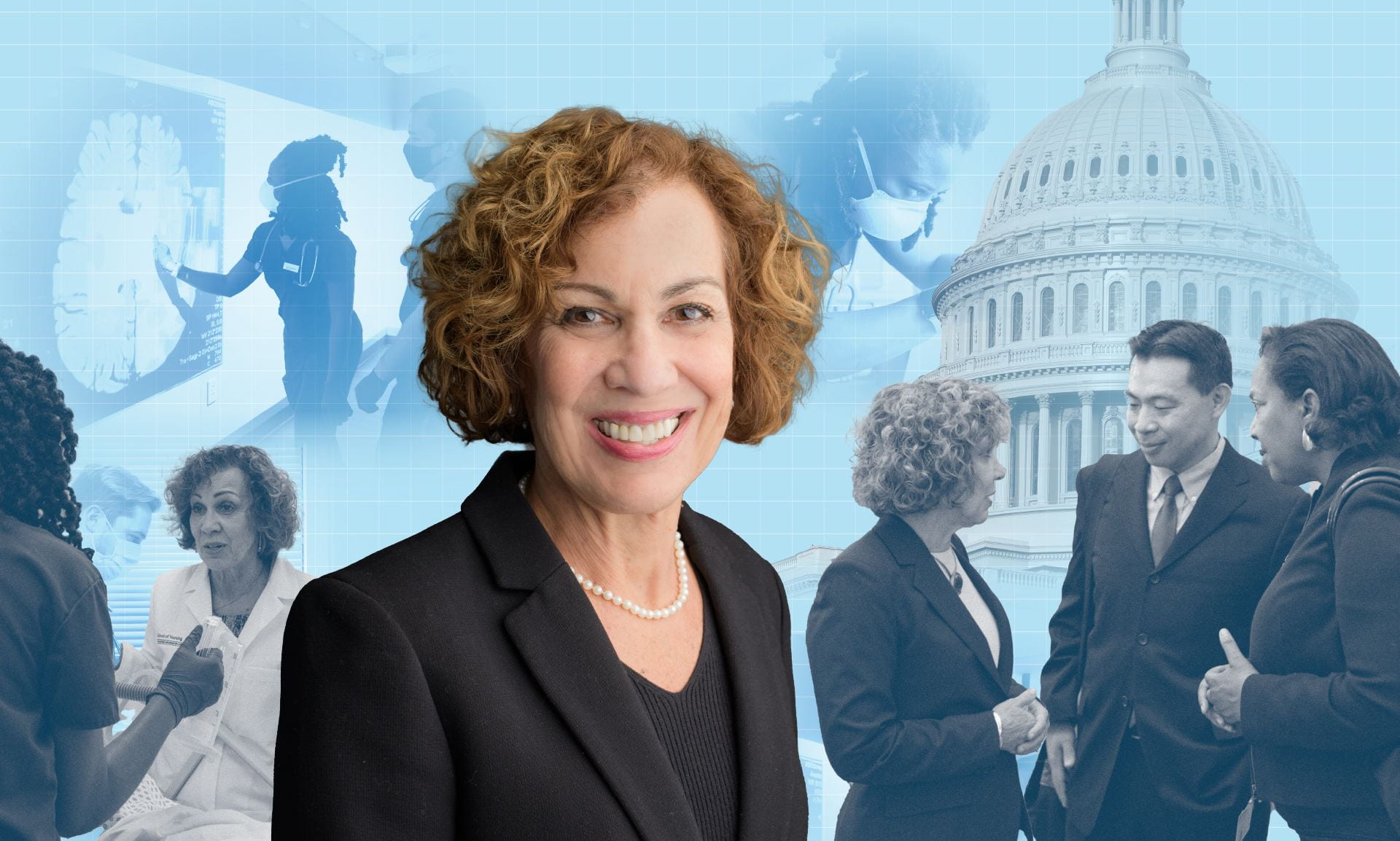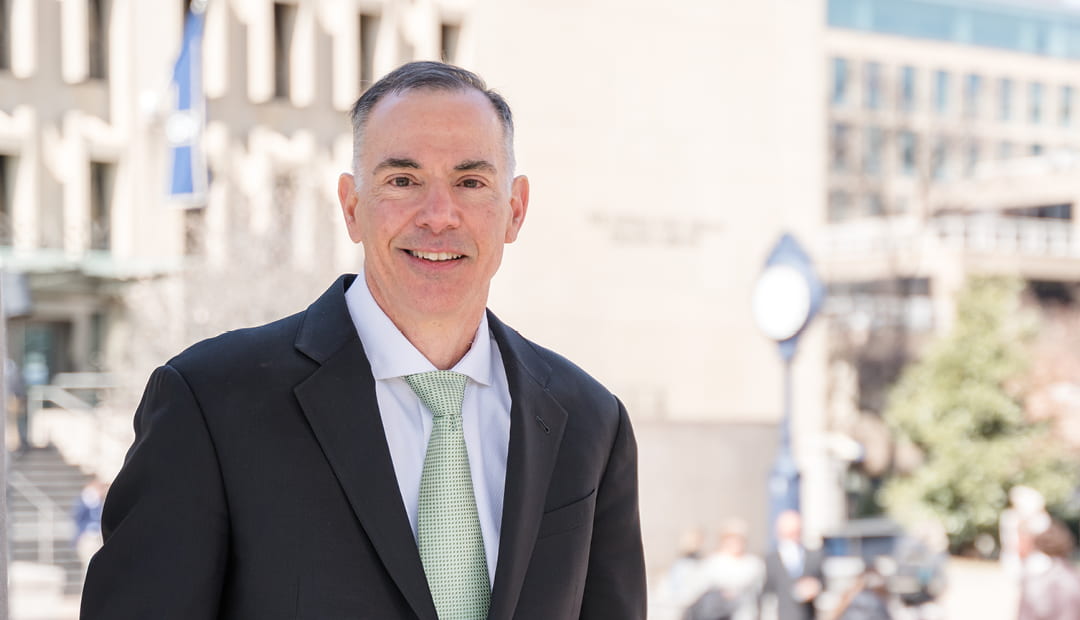Some state laws that preemptively prohibit tobacco control measures may be at odds with common public health efforts. A new study, awarded $149,600 by the Robert Wood Johnson Foundation Policies for Action program and led by GW Nursing’s Dr. Y. Tony Yang, will examine the impact these state laws have had on public health in the United States. Specifically, the study will examine laws enacted or repealed between 1997 and 2017.
Effective tobacco control efforts include restrictions on marketing and promoting tobacco products, licensing tobacco, whether young people have access to tobacco products and where smoking is allowed. Preemptive laws block local governments from taking these steps to protect public health.
“Although a consensus exists among tobacco control practitioners that preemption adversely impacts tobacco control efforts, there is limited empirical evidence to quantify its effects on adolescent health and health disparities,” said Dr. Yang, professor and health services and policy researcher at GW Nursing.
Tobacco kills more than 480,000 people annually—more than AIDS, alcohol, car accidents, illegal drugs, murders and suicides combined. Tobacco costs the U.S. approximately $170 billion in health care expenditures and more than $150 billion in lost productivity each year.
Each day, more than 3,200 people under 18 years old become daily cigarette smokers in the United States, according to the Centers for Disease Control and Prevention (CDC), making youths’ access to tobacco products a key public health issue.
Dr. Yang’s team will also examine whether majority-minority counties are disproportionately impacted by state preemption laws, potentially exacerbating health disparities between racial and ethnic groups.
Although African Americans usually smoke fewer cigarettes and start smoking cigarettes at an older age, they are more likely to die from smoking-related diseases than white Americans, according to the CDC. Cigarette smoking among lesbian, gay, bisexual, transgender or queer (LGBTQ) individuals in the U.S. is higher than among heterosexual individuals, with about 1 in 5 LGBTQ adults smoking cigarettes compared with about 1 in 6 heterosexual/straight adults, according to the CDC.
by erin julius


